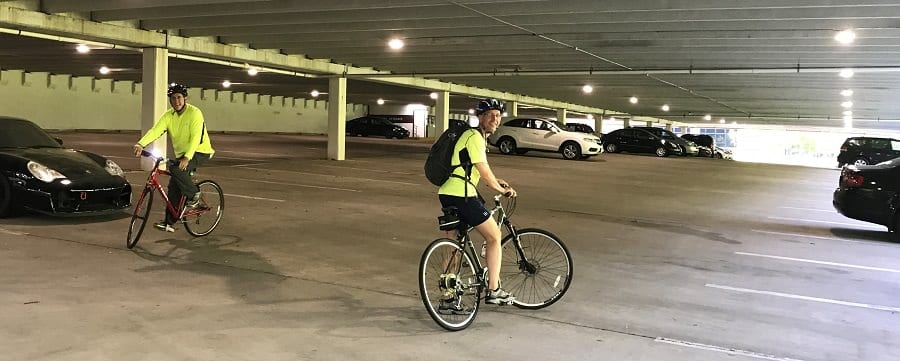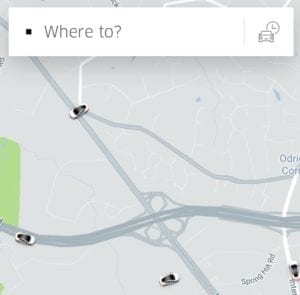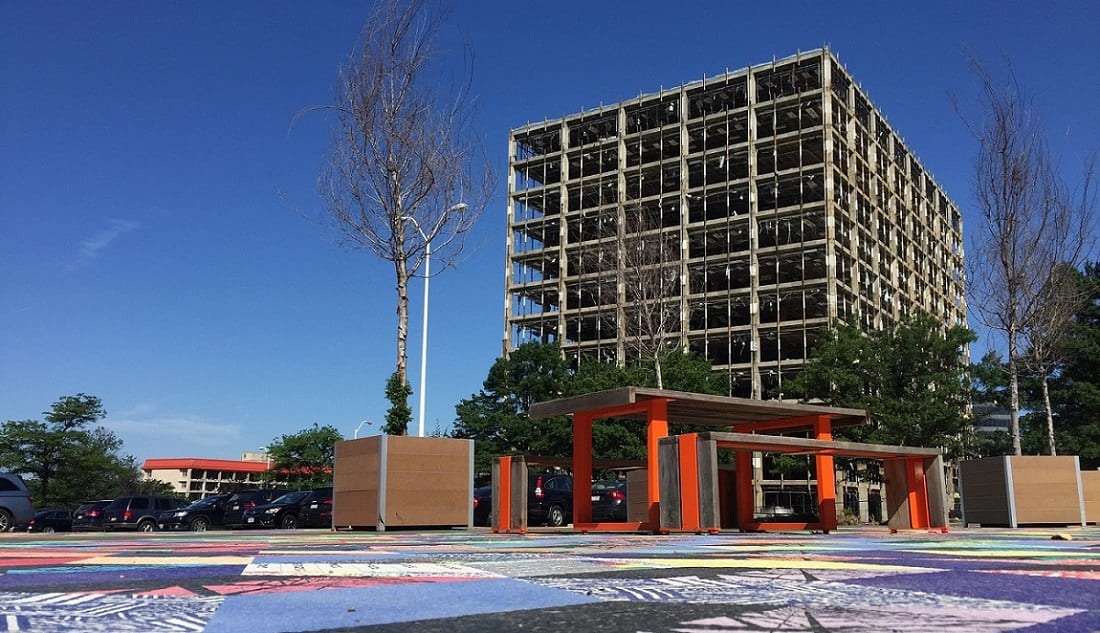If you are an older or suburban office complex that was built for car commuters, can you compete with properties that feature walk-to-transit locations and the latest spiffy amenities?
The answer is: Yes, you can. But it requires reducing the amenities gap between older and newer properties – a gap that TDM can solve.
What is TDM? Transportation Demand Management means providing every available transportation service and option to those who need it – without relying on the increasingly outdated solution of building more roads for yet more cars.
TDM: Creating Transportation Amenities Where They Did Not Exist Before
Millennials are increasingly becoming both a symbol of and a preferred target market for office properties: a growing demographic who, as Sheila Kelly Vertino, former editor-in-chief of Development magazine, put it in an article for NAIOP, have “an entirely different attitude about where and how they want to work.”
In Vertino’s article, Anthony Markese of Pickard Chilton states that in new office projects:
“the underlying motivation is really about the people. The goal is not necessarily to create a monument to the corporation, but to create a better place for the employees.”
And employees increasingly are looking for shorter commutes or more commuting options, vibrant office locations, more amenities, and a sustainable environment – all characteristics that TDM can help deliver.
Case Studies: How to Make Older Office Properties Competitive with Newer Construction
Transportation demand management creates new transportation options without building more vehicular infrastructure. As such, there are numerous ways to make car-oriented office buildings and complexes competitive with newer construction. This is the challenge that our Connect+ team of TDM experts manages on a daily basis – connecting property owners and tenants with every transportation solution available.
While these methods help properties increase their own market value, they also increase the satisfaction of tenants and employees alike. Some case studies:
#1: Personalized Transportation Assistance Helps Relocating Employees
There are many factors to consider before a tenant decides to relocate. When considering or implementing an office relocation, companies naturally feel the anxiety of their employees about moving their office to a new location, even when that move is in the same metropolitan region. The same can be true for residential tenants. In such scenarios, common concerns and questions include:
- Will my commute be worse than it is now?
- What will my new commute cost?
- What options do I have for transportation?
One of our clients is a global telecommunications company that planned to move nearly 500 employees to a new office location in the Washington, DC area. This region is well known for its transportation challenges and potentially lengthy commute times, so employees faced uncertainty with their new office location.
Our Connect+ TDM practitioners provided the company a communications plan that included surveys of employees to better understand their needs. As part of this effort, we matched employees who didn’t have transit options with potential carpool partners, gave a presentation to company employees so they better understood their commuting options at the new office location, and communicated their options through on-site table setups and infographics. The result: reduced employee anxiety and a positive attitude toward this important relocation.
#2: More Transportation Amenities Mean Reduced Parking and Lower Costs
Property owners and managers are experts at property management, not necessarily transportation. We help them bridge the gap.
Unlocking the complete range of transportation choices that are available to tenants creates value beyond tenant satisfaction. As an example, for one suburban property in Northern Virginia, we run a wide-ranging TDM program that includes managing the installation of bike racks and bike rooms, marketing transportation options to tenants, maintaining a property website, surveying tenants to understand their transportation needs, and maintaining vehicular traffic counts for local government proffer requirements, among other services.
 For this property, all this activity has resulted in a reduced need for expensive – and oftentimes underused – parking spaces, enabling greater profitability. As this client stated:
For this property, all this activity has resulted in a reduced need for expensive – and oftentimes underused – parking spaces, enabling greater profitability. As this client stated:
“W+A helped us get a 14.5% Parking Reduction at our property. One of the major reasons we are able to sustain the reduction in parking supply is our personal transportation coordination service for residents, which W+A developed and manages. In a recent survey of our residents, they indicated the transportation amenities and services ranked as a top five most-valued amenity.”
#3: Retooling Shuttle Services to Reduce Costs and Improve Transportation Services
 For offices and properties that aren’t near to transit locations, shuttle bus services can feel like a lifeline to help tenants get to and from the property. However, shuttle services are not always the most cost-effective or convenient option for tenants. We help rethink these situations.
For offices and properties that aren’t near to transit locations, shuttle bus services can feel like a lifeline to help tenants get to and from the property. However, shuttle services are not always the most cost-effective or convenient option for tenants. We help rethink these situations.
For an office property in Chicago, we performed a ridership and alternative route analysis of their office shuttle operations. Our analysis determined that certain underused shuttle routes could be replaced and improved with more cost-effective ridesharing services which we researched and negotiated on behalf of the property.
Tenants benefited with an additional transportation choices that were partially subsidized by the property. The result: both property and employees benefited.

